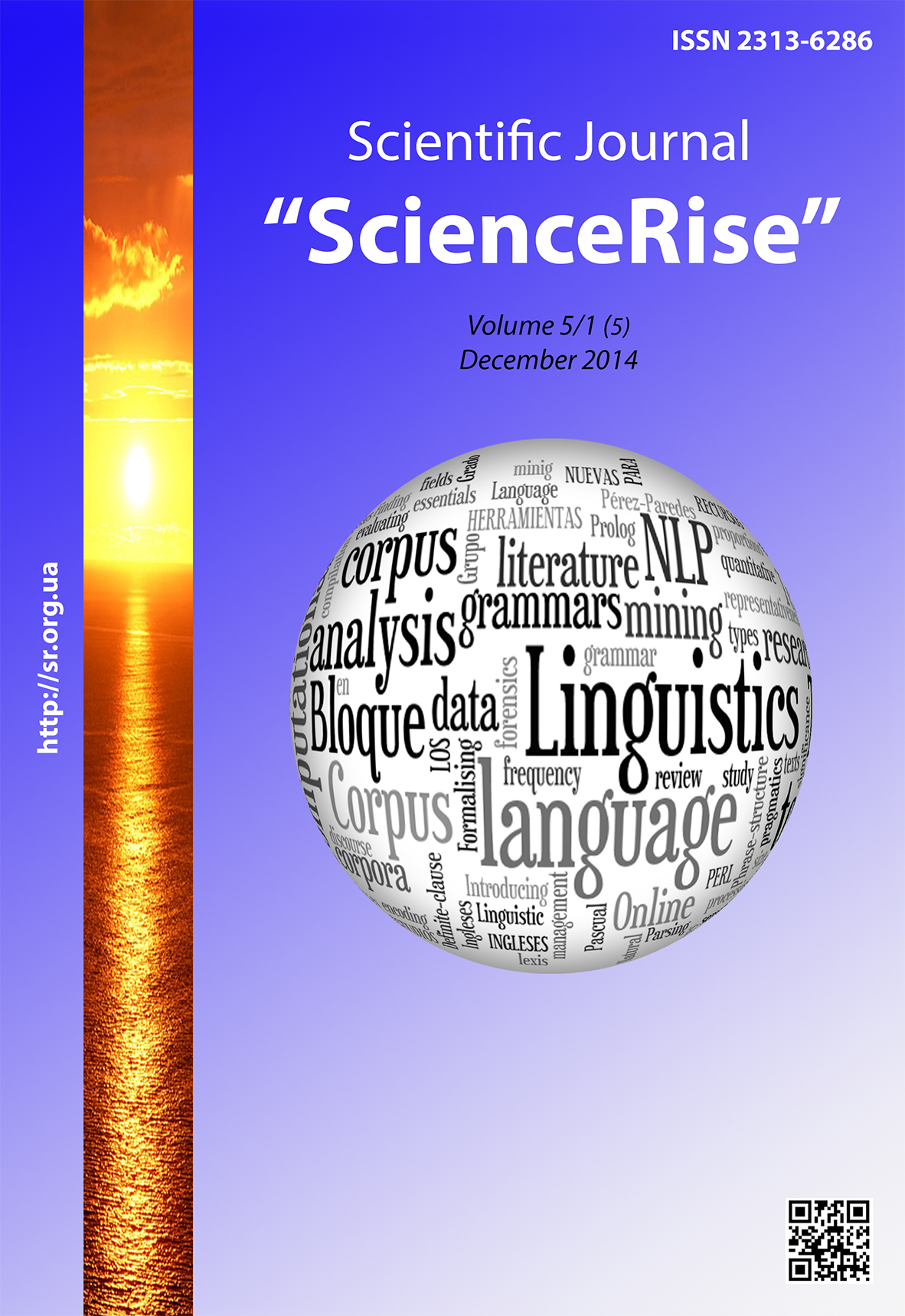Using the intensive infection backgroung in winter barley breeding for resistance to Ustilagonigra AND Ustilagohordei
DOI:
https://doi.org/10.15587/2313-8416.2014.31933Keywords:
donors, Ustilago nigra, Ustilago hordei, resistance, winter barley, method, new varietiesAbstract
A monogenic dominant control of resistance to Ustilago nigra and Ustilago hordei has been determined. The recombination rate ranged from 5.1 to 9.5%. It was concluded that there is an incomplete linkage of these genes. A method of natural infection on the intensive background under the field conditions and testing (artificial) evaluation of the genotypes has been introduced. A number of varieties have been developed: Akademichnyi, Aivenho (2012), Burevii (2013), Snihova koroleva (2014), Deviatyi val (2015), Prezent (in the State Trials from 2015).
References
Linchevsky, A. A., Sheremet, O. M., Legkun, I. B. (2010). The Results of winter barley breeding fo rresistance to semi-loosesmut (Ustilago nigra) covered smut (Ustilago hordei) and loose smut (Ustilago nuda). Zbirnyk naukovyh prats (Collected scientific articles in Ukrainian) of PBGI – NCSCI, 16(56), 37–43.
Babayants, O. V., Babayants, L. T. (2014). Fundamentals of breeding and methodology of estimates of wheat resistance to pathogens. Odessa: WWII, 400.
Krivchenko, V. I. (1984). The Resistance of crops to pathogens smut disease. Moscow: Kolos, 304.
Stepanovski, A. C. (1990). Smut diseases of barley. Chelyabinsk: South Uralpublishinghouse, 397.
Rokicki, P. F. (1973). Biological statistics. Minsk, 319.
Paderina, E. C. (1981). Usemethodreturn crosses inbreeding barley forresistance to smut. Breeding and seedproduction of graincrops in Siberia. All-Union Academy of agricultural Sciences Lenin. Novosibirsk, 107–109.
Moseman, I. G., Metcalfe, D. R. (1969). Inheritance of resistance genesin barley byreaction to Ustilago nuda. Can. Your. Sci, 49 (4), 447–451.
Downloads
Published
Issue
Section
License
Copyright (c) 2014 Ігор Борисович Легкун

This work is licensed under a Creative Commons Attribution 4.0 International License.
Our journal abides by the Creative Commons CC BY copyright rights and permissions for open access journals.
Authors, who are published in this journal, agree to the following conditions:
1. The authors reserve the right to authorship of the work and pass the first publication right of this work to the journal under the terms of a Creative Commons CC BY, which allows others to freely distribute the published research with the obligatory reference to the authors of the original work and the first publication of the work in this journal.
2. The authors have the right to conclude separate supplement agreements that relate to non-exclusive work distribution in the form in which it has been published by the journal (for example, to upload the work to the online storage of the journal or publish it as part of a monograph), provided that the reference to the first publication of the work in this journal is included.

